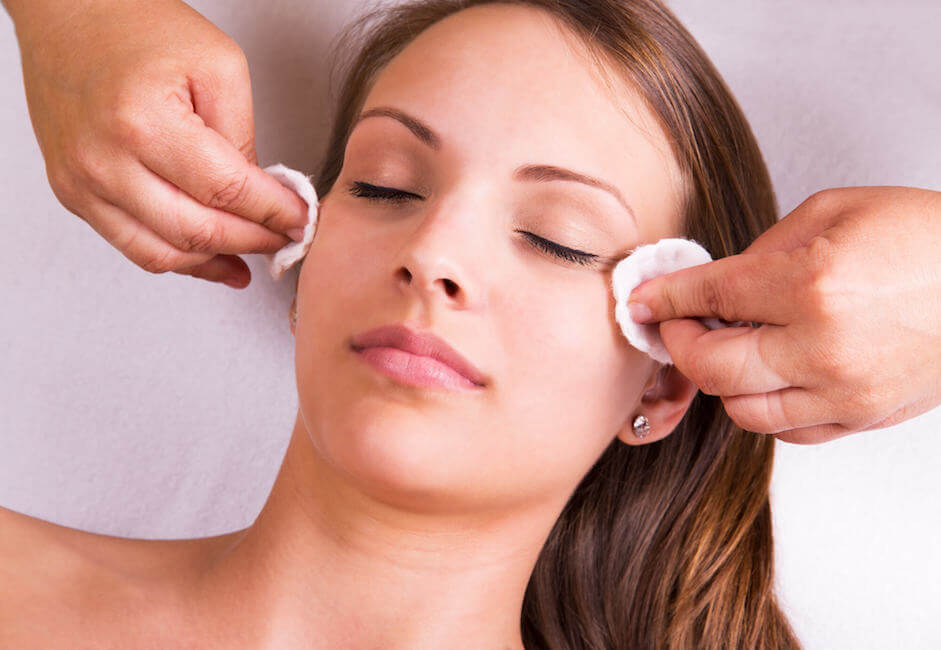Chemical peels
Want a treatment that delivers smoother, brighten skin?
Chemical peels are a non-invasive solution for reducing the signs of aging on your face, chest, hands, and neck. They are also used to treat some skin conditions, like acne, sun damage, uneven skin, and more.
Chemical peels FAQ
First used in the mid-1800s, chemical peels (also known as derma peeling and chemexfoliation treatment) have been a time-tested option for addressing skin concerns and revealing more flawless skin. Here is some basic information that you should know about chemical peels before scheduling your first treatment.
What are chemical peels good for?
Chemical peels can be used to smooth skin and minimize other imperfections, including:
Age spots
Blotchy complexions
Crepey under eye skin
Discoloration (melasma)
Dark circles
Dull complexions
Fine lines
Freckles
Rough skin
Some types of acne
Sun-damaged skin (photodamage, sun spots)
Uneven skin tones
Wrinkles
What are the different types of chemical peels?
There are three types of chemical peels:
Superficial peels (sometimes called refreshing peels or lunchtime peels)
Medium-depth peels
Deep-depth peels
Do I have to do anything to prepare for a chemical peel?
For the best results and to reduce the chance of experiencing any potential side effects, some patients need to follow a pre-peel skincare regimen. We’ll let you know during our initial consultation if this step is necessary for you.
What happens during a chemical peel?
Every patient gets a thorough skin cleansing before their chemical peel to get rid of any oil, makeup, or sunscreen.
During the actual chemical peel, a topical solution is applied to your face uniformly. How long it’s left there depends on the type and depth of peel you are getting. The solution reacts with the outer layer of your skin, causing a minor injury that encourages your body to make healthy, new skin.
Some solutions used for chemical peels include trichloroacetic acid, malic acid, phenol acid, kojic acid, glycolic acid, salicylic acid, and lactic.
What do I have to do after I get a chemical peel?
All professional chemical peels involve varying amounts of downtime and some at-home care. You’ll be able to see results once your skin is fully healed.
If you get a superficial peel since it is the mildest type of chemical peel it requires the least amount of care afterward.
If you get a medium-depth peel, you may need something to soothe your skin (e.g., cool compresses or a special lotion, ointment, or cream) after the treatment.
If you are interested in getting results similar to those you would achieve with a deep chemical peel, we offer CO2 laser resurfacing treatments. This procedure is safer and also offers less downtime.
How do you know if getting a chemical peel is right for you?
Have questions? Unsure if chemical peels will help you get the look you want? The most important decision you’ll make when considering chemical peels is choosing a provider. For the best results, choose a specialist with a solid understanding of cosmetic dermatology.
Book a consultation with one of the experienced members of our team. During your assessment, we’ll answer questions, provide recommendations to help you kick your skincare up a notch, and let you know if you’re a good candidate for chemical peels (or if laser resurfacing or microdermabrasion might be a better choice).
Looking for chemical peels in Indianapolis?
Schedule a one-on-one consultation at Dermatology Aesthetics
We’re here to help when you’re ready to build greater confidence and get the look you want. Whether you’re new to cosmetic dermatology or a beauty buff, Dermatology Aesthetics can help determine which services and products are the best fit for your unique concerns.

